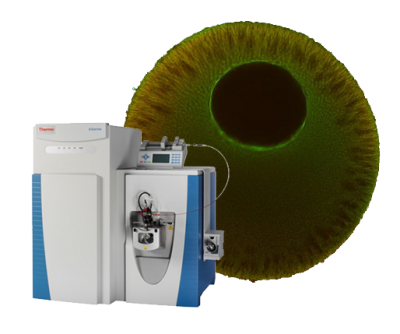Size Scaling of Microtubule Assemblies in Early Xenopus Embryos.
Type
The first 12 cleavage divisions in Xenopus embryos provide a natural experiment in size scaling, as cell radius decreases ∼16-fold with little change in biochemistry. Analyzing both natural cleavage and egg extract partitioned into droplets revealed that mitotic spindle size scales with cell size, with an upper limit in very large cells. We discuss spindle-size scaling in the small- and large-cell regimes with a focus on the "limiting-component" hypotheses. Zygotes and early blastomeres show a scaling mismatch between spindle and cell size. This problem is solved, we argue, by interphase asters that act to position the spindle and transport chromosomes to the center of daughter cells. These tasks are executed by the spindle in smaller cells. We end by discussing possible mechanisms that limit mitotic aster size and promote interphase aster growth to cell-spanning dimensions.

